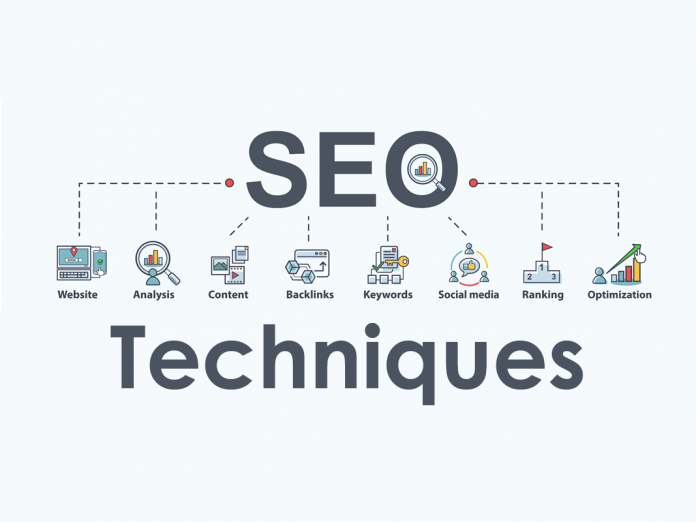Semantic SEO is a type of search engine optimization that focuses on providing the best user experience possible. It makes search results more meaningful and allows users to get more information without performing another search. This is especially important in today’s world, where information overload is rampant.
Natural language processing
What is semantic seo with Vazoola? Semantic SEO is the process of building more meaning and topical depth into web content. By doing so, you help Google crawlers better understand your content. You also help them see it as high-quality and thus promote it more often in the SERPs.
Semantic SEO uses natural language processing to improve the understanding of content. Traditional SEO techniques rely on keyword matching, but natural language processing (NLP) allows search engines to understand user intent and provide better answers. This technology is not only helpful for SEO but also improves user engagement.
Natural language processing analyzes the structure of content and recognizes relationships between words. It also works on websites and parses the content to make sense of its meaning. LSI keywords give your content more semantic richness and avoid keyword overload. Natural language processing uses computer science and machine learning techniques to analyze the meaning of words.
Content depth
The concept of content depth is a powerful strategy for attracting targeted traffic to your website. This method works by creating articles that explore multiple related topics and are optimized for multiple keywords. This will increase your content’s visibility in SERPs and provide more opportunities for traffic. Using the pillar-cluster model to create topic-focused content is an effective way to create a content strategy.
This is because searchers aren’t necessarily looking for one specific answer. Instead, they’re often trying to understand a topic more deeply. This improves the search experience for users by helping them obtain deeper information without having to retype their queries.
Structured data markup
Using structured data markup is key to optimizing your website for search engine visibility. However, you need to understand how it works first. Structured data markup can improve your website’s search engine ranking and conversion rate. Structured data feeds Google information about your website, content, and authors. Like any other kind of data, structured data needs a specific format and proper syntax. Schema markup provides an accepted and standardized format for structuring data on the web.
Keyword stuffing
Keyword stuffing is an old SEO tactic that no longer helps you get higher rankings in organic searches. Instead of focusing on keyword density, you should focus on topical models that help Google crawl your content and understand what the user is looking for. These models cover related topics in-depth, providing answers to questions and filling content gaps on competitive pages.
Semantic SEO improves the user experience by letting users search for one piece of content instead of hundreds. As a result, searchers can access more information from one page, and search engines reward the site with relevant content.
Entities
Google uses entities to help users find relevant results when they do searches. They are a way for Google to understand the meaning of information and to pinpoint centers of interest. By identifying entities within web pages, Google can link sites that discuss the same topic in different languages. Entities can also improve contextual entities around concrete entities. Finally, using entities for SEO will make the content of your website more search-engine friendly and allow you to avoid penalties.
Subtopics
A good way to apply semantic SEO is to map out all the topics your content should focus on. This will help you create a roadmap for your content and SEO strategy and help you define measurable objectives. This will help you save time and effort, and you will better understand how your content will appeal to the right audiences. It can also give you an advantage over competitors.
When developing your content around semantically relevant subtopics, try searching Google with the keywords and phrases you’re targeting. You’ll notice that Google’s algorithm is trying to deduce what the user wants to know by suggesting suggestions for their search.
LSI keywords
LSI keywords are important for SEO, and you can incorporate them into your content in various ways. They can be found in your ALT tags, article title, social media posts, and website’s anchor text. Just remember to vary the anchor text as much as possible. While Google no longer looks for keyword density, it expects to see a certain number of keywords within your content. The key is to incorporate them naturally.
LSI keywords provide additional information to search engines such as Google, which can better understand the content of a web page. They also help search engines determine which pages are related to the main keyword. The first example of a good LSI keyword would be “cheesecake.” However, you could also include LSI keywords, such as “no-bake cheesecake” or “New York cheesecake.” In addition, Google recently revealed a technique for generating semantically meaningful topics, which involves looking at the words that appear together on a page.

